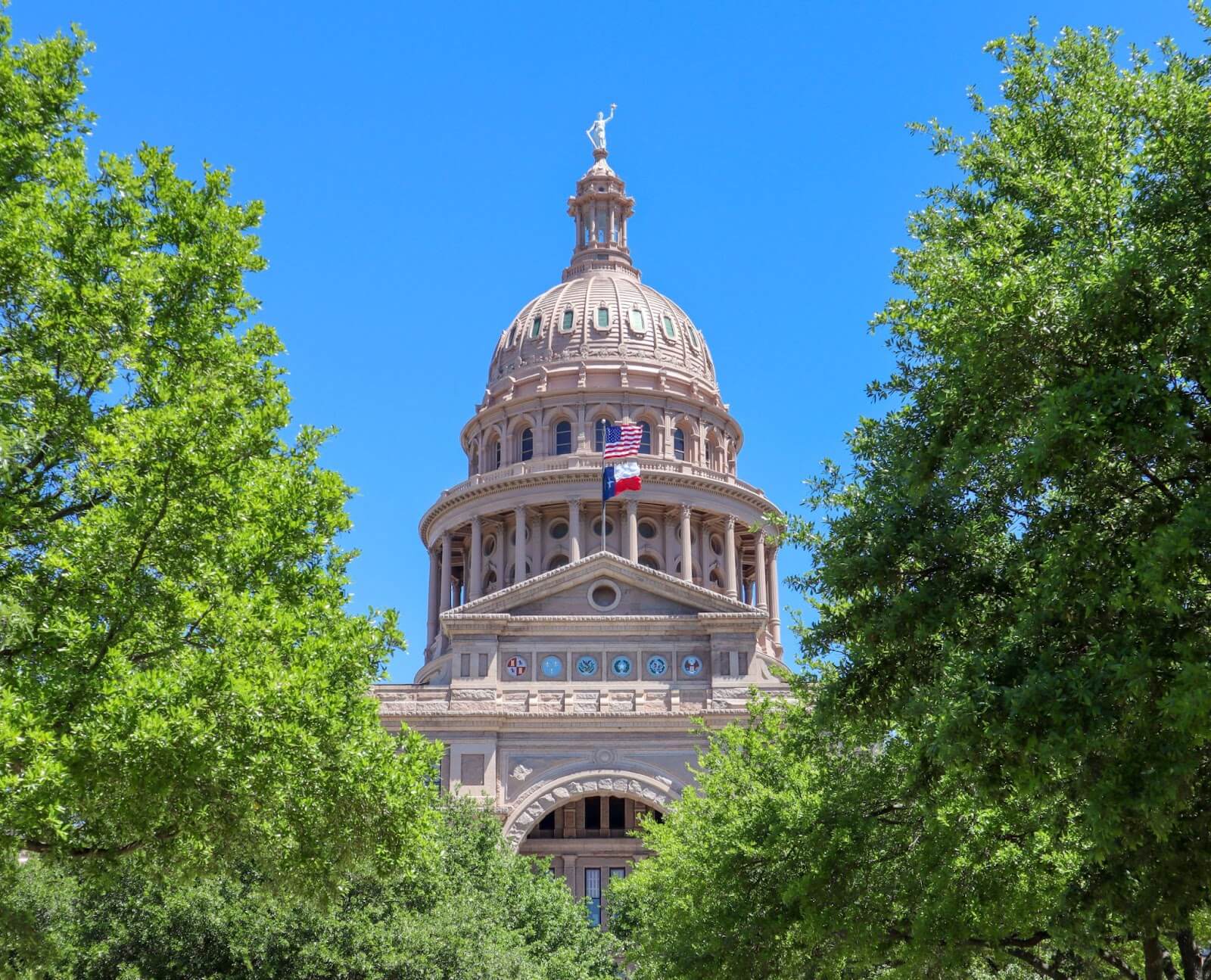HBO’s Succession is a modern version of King Lear, featuring an aging billionaire who can’t decide how to divide his business empire among his four children. Although lots of people fantasize about what it would be like to be chauffeured around Manhattan in a limousine before returning to a three-story Manhattan penthouse, that’s not how most people in New York State live. Most New Yorkers have more in common with the millennial women of Girls or the prisoners and guards from Oz. (Not that there’s nothing wrong with that! to paraphrase Jerry Seinfeld.)
So what do people with fewer assets do when they’re thinking about estate planning? Unfortunately, most people with small estates conclude that they shouldn’t bother estate planning at all. This is a bad decision, especially since New York law creates a shortcut for people with small estates.
New York law creates a Voluntary Administration proceeding that people can take advantage of if their estate is valued at $50,000 or less. This process is typically faster and less expensive than a full probate proceeding. Heirs can bring a “small estate” or “voluntary administration” proceeding regardless of whether the person had a will or not.
Who Qualifies for a Small Estate Proceeding?
The Voluntary Administration proceeding is covered by Article 13 of the Surrogate's Court Procedure Act. Under Section 1301, a small estate is defined as “the estate of a domiciliary or a non-domiciliary who dies leaving personal property having a gross value of $50,000 or less exclusive of property required to be set off under EPTL 5-3.1 (a).”
That’s lawyer-speak for “a small estate is one with personal property valued at less than $50,000, excluding real estate.” Real property, which refers to land and buildings, is not eligible for the simplified small estate process in New York, regardless of its value. Real property must go through a formal probate proceeding. That means if a New Yorker owns a home, it doesn't go through the small estate proceeding.
Other than real property, what *is* included in a small estate? Basically any assets that aren’t real property are included in the small estate proceeding, as long as their total value is less than $50,000. This includes personal property such as bank accounts, cars, cash, investments, and personal possessions.
Certain other types of assets may be exempt from the probate process altogether. For example, assets held in joint tenancy with right of survivorship, life insurance policies with designated beneficiaries, and retirement accounts with designated beneficiaries may pass directly to the surviving owner or designated beneficiary, without the need for probate. If you have one of these assets, like a retirement account, the value of that isn’t included in the $50,000 small estate threshold.
What if you already conveyed most of your property to a trust? You can still be eligible for the small estate proceeding. This would be the case if you transferred ownership of your investments and cars to the trust, but retained your personal property. All assets that weren’t included in the trust are eligible for Voluntary Administration as long as the value is under $50,000.
How a Voluntary Administration Proceeding Works
Under New York law, an estate that qualifies as a small estate may be settled by filing a voluntary administration petition. This petition asks the court to appoint an administrator to manage the estate and distribute the assets to the heirs or beneficiaries. Who can file the petition? The petitioner can be the executor if the decedent named one in a will. If there is no will, then the person’s closest living relative, like their spouse or child, can file the petition.
The voluntary administration process is often completed without a formal court hearing. The court will notify the heirs that a petition was filed, but the “consent and waiver” process that usually happens in probate will not take place. In other words, the heirs won’t have an opportunity to contest the will and the court won’t appoint a fiduciary.
The administrator will be responsible for paying any outstanding debts of the estate, collecting and distributing the assets, and filing a final accounting with the court. The court will typically grant the petition if it is satisfied that the decedent's debts have been paid and the assets can be distributed in accordance with the law.
Risks of Using the Voluntary Administration Process
Just because you have a small estate doesn’t mean that the Voluntary Administration Proceeding is right for you. There are some disadvantages to consider.
First of all, under a small estate proceeding, the administrator is only given limited authority to manage the estate. They are typically only authorized to collect and distribute assets, pay debts, and file a final accounting. If you anticipate more complex issues, it’s best to avoid these proceedings.
The second drawback is that there is no opportunity for formal objections. As a result, your potential heirs or beneficiaries may be left without a voice in the administration process. This might be what you want, but it’s best to consider how that will impact your heirs.
Third, there isn’t any court supervision during this truncated probate process. If you think there should be judicial oversight, then this process may not be best for you.
The final thing to consider is that creditors don’t get much protection from the Voluntary Administration Proceeding. If you owe a lot of money to many creditors, then it’s possible they will file claims against your heirs after the assets have been distributed.




